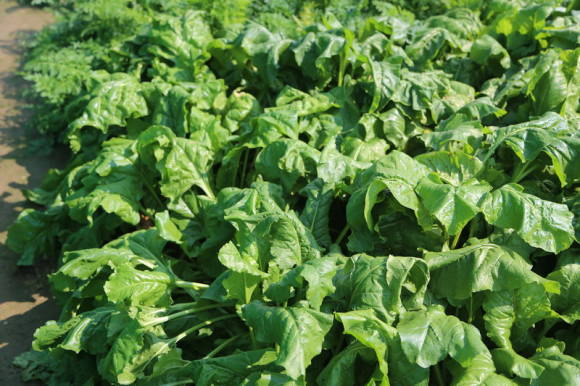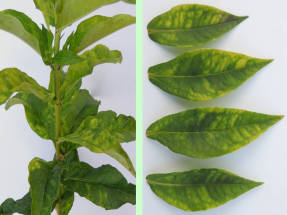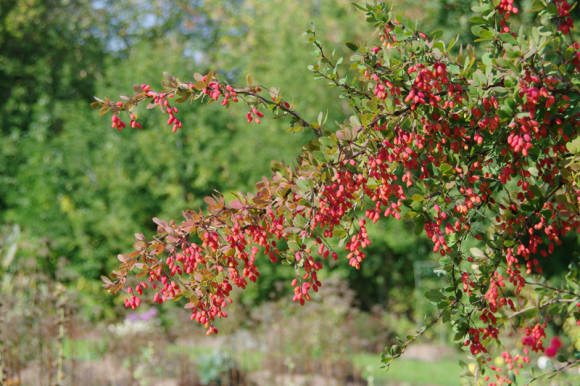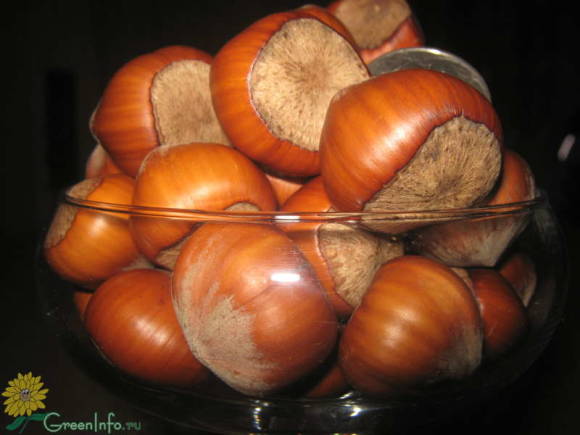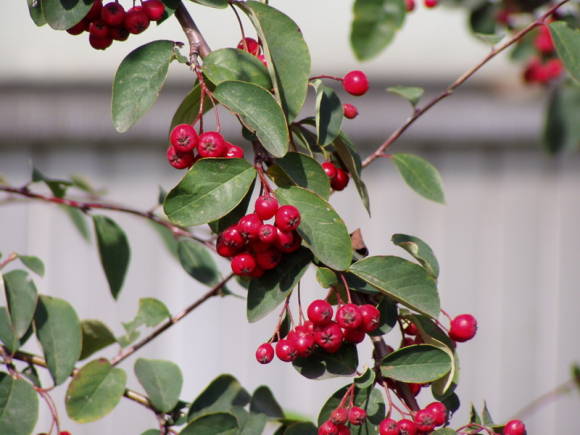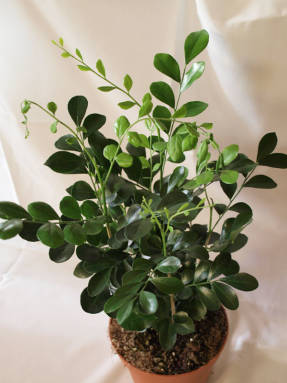Although ferns never bloom, they are an essential part of green interiors. It is better to give preference to resistant species and varieties that can tolerate normal room conditions. These ferns include Microsorum centipede Green Wave, Microsorum banana-leaved Crocodylus, Microsorum varifolia Kangaroo Fern. These varieties can be recommended even for novice growers. More whimsical Microsorum point Grandiceps, Microsorum thai prefers greenhouse conditions, and Pterygoid microsorum only suitable for decorating aquariums.
More about species and varieties - on the page Microsorum.

Illumination. Microsorums prefer to grow in bright, diffused light, near well-lit windows, but they should be protected from direct sun. They can put up with low light, but at the same time they will stop growing, they can begin to degrade. However, when conditions improve, decorativeness is quickly restored. Grow well under bright artificial light. Microsorum Thai, on the contrary, will show all its beauty - the blue tint of the leaves in moderate light.
Temperature... For the inhabitants of the tropics, normal room temperature will be normal, without sudden fluctuations. They don't need cool conditions in winter. When the temperature drops below zero, the ferns die.
Air humidity preferably high, although most microorums tolerate the dry air of our premises well. To increase the humidity of the air, it is useful to spray the fronds or the air next to them with warm water several times a day. The exception is Thai microorum, it is more sensitive to air humidity and grows better in a greenhouse.

Watering regular and moderate. It is impossible to bring the soil to complete dryness, although these ferns, and especially Kangaroos, will tolerate light drying much better than constant waterlogging. Water the top of the soil after it dries slightly with soft lukewarm settled water, be sure to drain the excess from the pan. It is optimal to maintain always loose soil in a state of light moisture.
Top dressing. Ferns do not require large doses of nutrients; a universal complex fertilizer can be used for them, reducing the dosage by 4 times.

Soil and transplant. Microsorums prefer a loose soil rich in organic matter, reminiscent of the leaf litter of a tropical forest, but will grow well on other well-drained weakly acidic or neutral substrates (pH 6.0-7.0). Ready-made universal soil based on high-moor peat with the addition of perlite is suitable.
Ferns are carefully rolled over in the spring if their root system has mastered the previous volume well. Fern roots are dark brown in color with white growing tips. For an adult Kangaroo plant, a 15 cm diameter pot is quite enough, for large varieties - Green Wave and Crocodylus - the maximum pot size is 20 cm.Prefer wide and shallow pots, for some varieties with hanging rhizomes or drooping fronds, hanging planters can be used.
Read more in the article Transplanting indoor plants.
Reproduction... As the rhizomes grow, when in contact with the surface of the soil, adventitious roots form on them, and during transplantation, you can carefully cut the rooted rhizome with frond and plant it in another pot. You can immerse part of the hanging rhizome in water (a jar of water or an aquarium) without cutting it off. After a while, roots form on it. If there are already fronds in this area, then you can cut them off and plant them in a pot with loose soil. If there are no leaves yet, then it is better to wait until they begin to grow, and only then separate the rhizome from the mother plant. After planting a young fern, it is advisable to keep it for some time in a greenhouse with high air humidity.
 |  |
Reproduction by spores at home is difficult. Spores are not seeds; they do not grow into a large fern. Outgrowths are formed from the spores - small nondescript plants on which germ cells ripen. Conditions are necessary for fertilization to occur, usually in the aquatic environment. And only after the fusion of gametes an embryo is formed, from which the usual fern grows.
Pests... When buying a plant, carefully inspect it for mealybugs. These ferns are quite resistant to other pests of indoor plants.
Read more in the article Houseplant pests and control measures.
Possible problems... Subject to the conditions of detention, microorums are rarely subject to disease. Waterlogging leads to decay of the roots, the appearance of brown spots on the fronds.
Sometimes, usually shortly after watering, translucent areas can be seen at the tips of the leaf blades. This is normal, after 1-2 days the leaf will take on its usual appearance.
Photo by the author
